
Water buffalo, also known as domestic Asian water buffalo, are large bovine animals that are commonly found in Asia, particularly in countries like India and Thailand. These gentle creatures are often used as draught animals and are also kept for their milk and meat. However, with the increasing human population and industrialization, the question arises - are water buffalo endangered?
Current Status of Water Buffalo
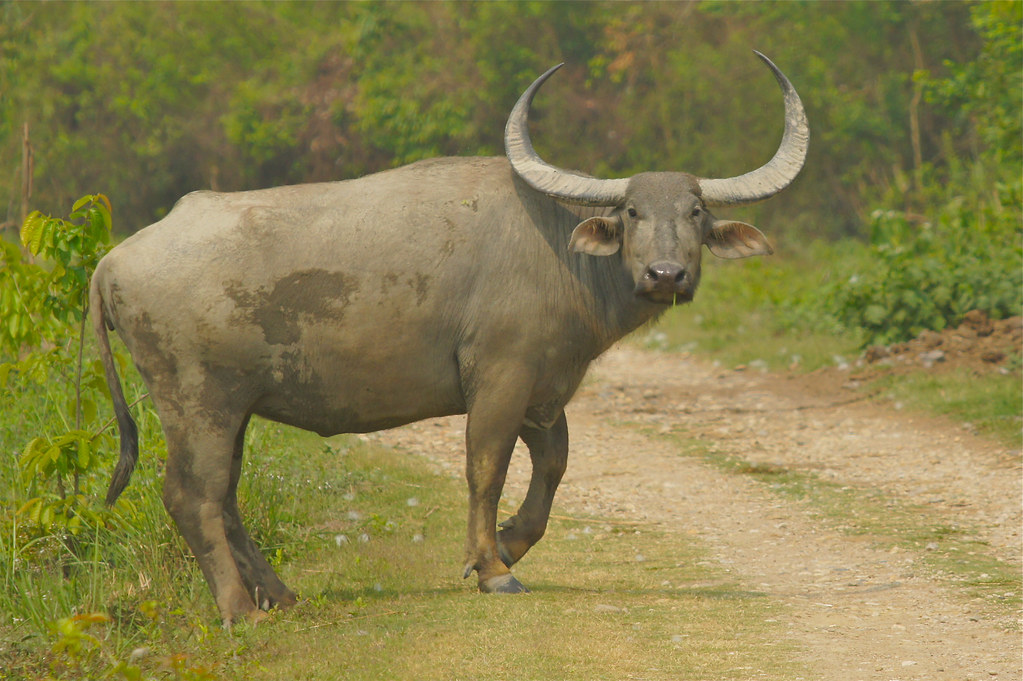
According to the International Union for Conservation of Nature (IUCN), water buffalo are classified as "not endangered". In fact, they are listed as a "domesticated species", which means that they are not considered to be endangered in the wild. However, some local populations of wild water buffalo are considered to be endangered, particularly in Southeast Asia.
Why are Wild Water Buffalo Endangered?

The main reason why wild water buffalo are endangered is because of habitat loss. As human populations continue to grow, forests and grasslands are being cleared to make way for agriculture, infrastructure, and urbanization. This results in the loss of natural habitats for wild animals, including water buffalo.
In addition to habitat loss, wild water buffalo are also threatened by hunting and poaching. These animals are often hunted for their meat and hides, which are considered valuable in some parts of Asia. As a result, their populations have been declining rapidly in recent years.
Conservation Efforts for Water Buffalo
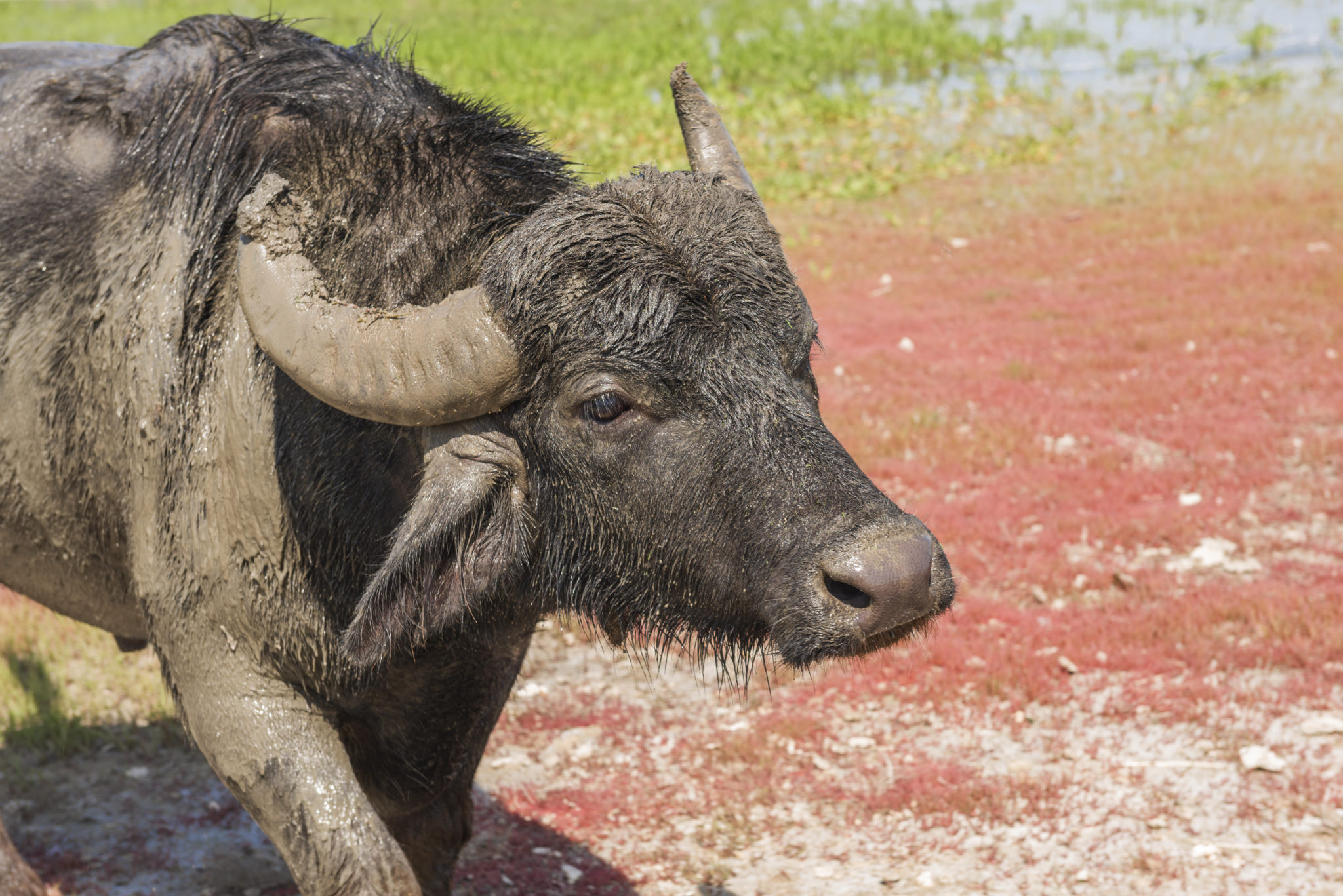
Despite the challenges, there are several conservation efforts underway to protect both domestic and wild water buffalo. In some countries, such as India, water buffalo are considered to be a "heritage breed" and are protected by law. This means that they cannot be hunted or killed without permission from the government.
There are also several organizations dedicated to conserving wild water buffalo populations. For example, the Wild Water Buffalo Conservation Project in Cambodia is working to protect the remaining populations of wild water buffalo in the region. The project focuses on habitat restoration and anti-poaching efforts, among other things.
The Future of Water Buffalo
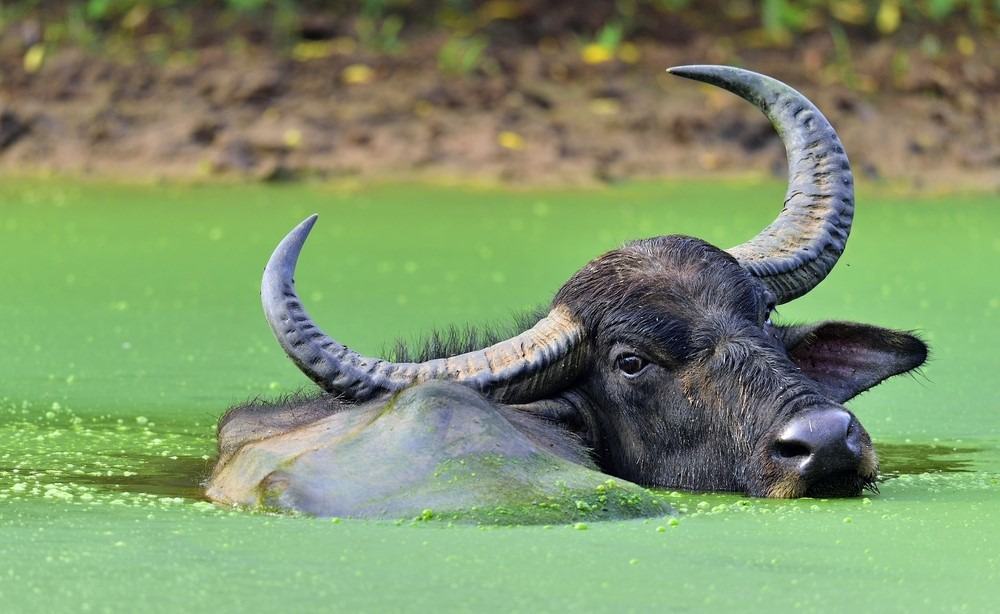
The future of water buffalo depends on many factors, including human population growth, habitat conservation, and hunting regulations. While domestic water buffalo are not considered to be endangered, it is important to protect wild water buffalo populations to ensure their survival for future generations.
Through conservation efforts and public awareness campaigns, we can continue to protect these gentle giants and ensure that they thrive in their natural habitats. Whether through habitat restoration, anti-poaching measures, or other initiatives, there is much that can be done to protect water buffalo and other endangered species from the threats they face.
Conclusion
In conclusion, while water buffalo are not currently endangered as a species, some local populations of wild water buffalo are considered to be endangered due to habitat loss and hunting. By working together to protect these animals and their habitats, we can help ensure that they continue to thrive for generations to come.
Related video of Are Water Buffalo Endangered?

Many of us have heard of tonsil stones, but not everyone knows what they are, why they occur, and whether they're normal or not. In this article, we'll answer some of the most common questions about tonsil stones and help you understand more about this common condition.
What Are Tonsil Stones?

Tonsil stones, also known as tonsilloliths, are hard, yellowish or white deposits that form in the crevices of the tonsils. They are made up of bacteria, dead cells, and mucus that accumulate in the tonsil crypts, which are small pockets or crevices in the tonsils.
Tonsil stones can vary in size and shape, with some being as small as a grain of rice and others as large as a pea. They can be soft or hard, and may cause discomfort or pain if they become too large or if they are located in a sensitive area of the tonsils.
Why Do Tonsil Stones Occur?

Tonsil stones occur when bacteria, dead cells, and mucus accumulate in the tonsil crypts and harden over time. This is a normal process that happens to everyone, but some people are more prone to tonsil stones than others.
Factors that can contribute to the development of tonsil stones include poor oral hygiene, chronic sinus infections, allergies, and a diet high in dairy and sugar. People who have larger tonsils or deeper tonsil crypts may also be more prone to tonsil stones.
What Are the Symptoms of Tonsil Stones?

Many people with tonsil stones don't experience any symptoms and may not even know they have them. However, some people may experience the following symptoms:
- Bad breath
- Sore throat
- Difficulty swallowing
- Ear pain
- A metallic taste in the mouth
If you experience any of these symptoms, it's important to speak to your doctor or dentist to determine the cause and receive appropriate treatment.
Are Tonsil Stones Normal?

Tonsil stones are a common condition that affects many people. They are not a serious health concern, but they can cause discomfort and embarrassment. If you have tonsil stones, it's important to practice good oral hygiene, stay hydrated, and avoid foods that can contribute to their development.
If you experience frequent tonsil stones or severe symptoms, your doctor or dentist may recommend tonsillectomy, which is the surgical removal of the tonsils. However, this is usually only recommended in severe cases and is not always necessary.
Conclusion
Tonsil stones are a common condition that occur when bacteria, dead cells, and mucus accumulate in the tonsil crypts. They are not a serious health concern, but they can cause discomfort and embarrassment. If you have tonsil stones, it's important to practice good oral hygiene, stay hydrated, and avoid foods that can contribute to their development.
If you experience frequent tonsil stones or severe symptoms, speak to your doctor or dentist to determine the cause and receive appropriate treatment.
Related video of Are Tonsil Stones Normal?

Many people dream of visiting Hawaii for its stunning beaches and clear blue waters. However, some may be hesitant due to concerns about sea snakes. Are there sea snakes in Hawaii? Let's find out.
What are Sea Snakes?

Sea snakes are a type of venomous snake that live in saltwater environments. There are over 60 different species of sea snakes, and they are found in the Indian and Pacific oceans, including the Coral Triangle region.
Sea Snakes in Hawaii

Despite popular belief, there are no sea snakes native to Hawaii. The waters surrounding Hawaii are too cold for sea snakes to survive. The closest place where sea snakes can be found is the Great Barrier Reef in Australia.
Other Venomous Sea Creatures in Hawaii

While there are no sea snakes in Hawaii, there are other venomous creatures that visitors should be aware of. These include box jellyfish, Portuguese man-o-war, and certain species of octopus and cone snails. It is important to be cautious when swimming in Hawaii's waters and to pay attention to warning signs posted on beaches.
What to Do if You Encounter a Venomous Sea Creature
If you do encounter a venomous sea creature in Hawaii, it is important to seek medical attention immediately. Even if you don't experience symptoms right away, venom can still be in your system and cause harm later on. It is also important to follow any first aid procedures recommended by medical professionals or lifeguards on duty.
Conclusion
In summary, there are no sea snakes in Hawaii. Visitors to Hawaii should be aware of other venomous sea creatures, but with caution and attention to warnings, they can safely enjoy Hawaii's beautiful beaches and waters.
Related video of Are There Sea Snakes In Hawaii?

Introduction
When people think of buffalo, they often think of the American bison that roamed the Great Plains. However, there are actually two species of buffalo - the African buffalo and the water buffalo. In this article, we will focus on the African buffalo and answer the question, "Are there buffalo in Africa?"
What is the African Buffalo?
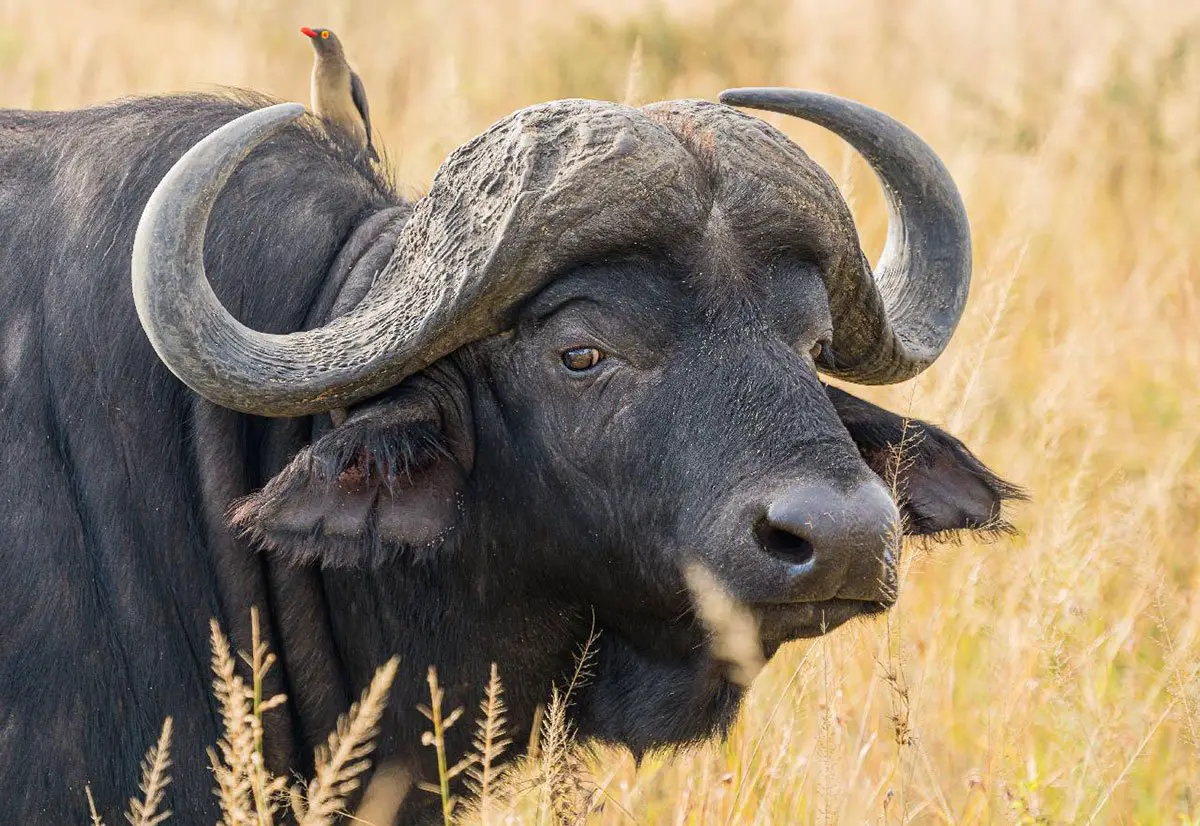
The African buffalo, also known as the Cape buffalo, is a large bovine that is native to Africa. They are found in a variety of habitats, including grasslands, forests, and savannas. They are known for their large, curved horns and their unpredictable behavior.
Range
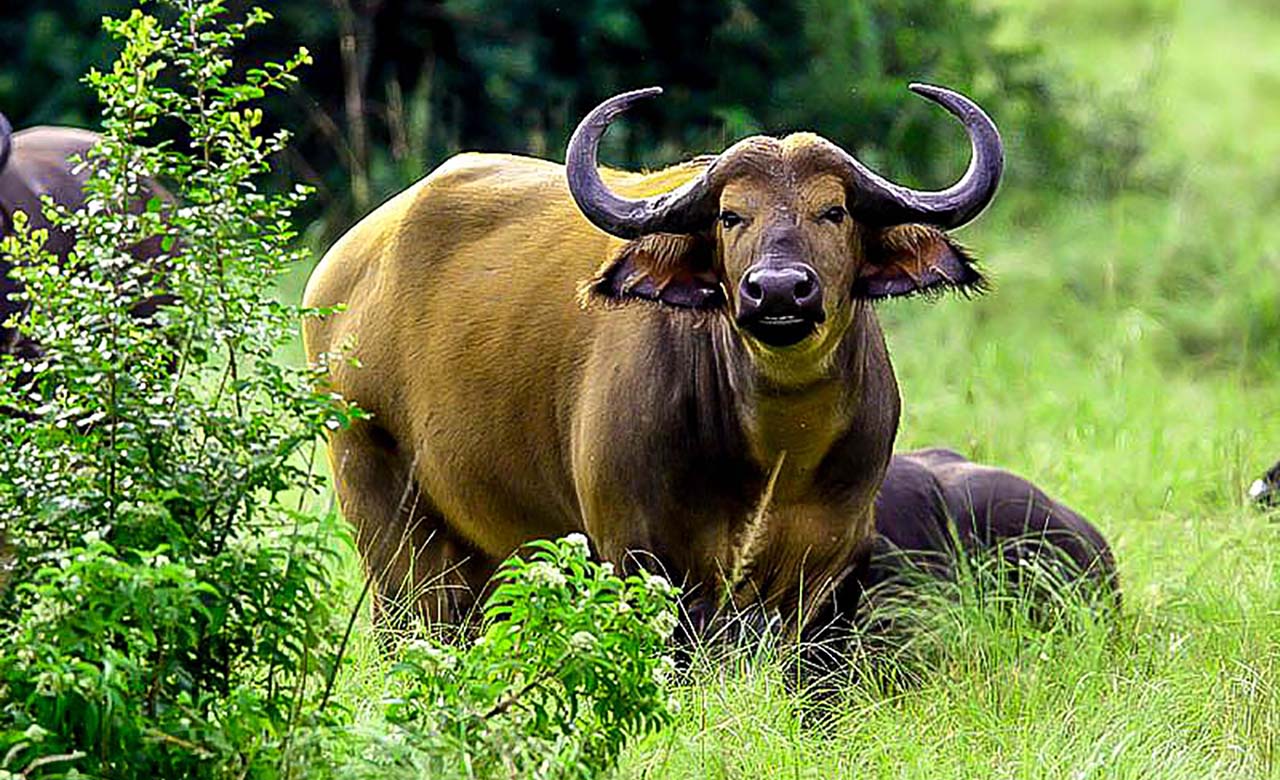
African buffalo can be found in a wide range of countries in Africa, including South Africa, Zimbabwe, Botswana, Zambia, Tanzania, and Kenya. They are also found in smaller numbers in other countries in the region. In some areas, they are considered a threat to agriculture and are hunted or culled.
Behavior

African buffalo are known for their unpredictable behavior and can be dangerous to humans. They are social animals and live in herds of up to several hundred individuals. They are known to be aggressive when they feel threatened or when their young are in danger. In some areas, they have been known to attack and kill humans.
Diet

African buffalo are herbivores and feed on a variety of grasses and other vegetation. They are known to graze for hours each day and can travel long distances in search of food. They are also known to drink large amounts of water and will often wallow in mud to cool off.
Conservation Status
The African buffalo is listed as "least concern" by the International Union for Conservation of Nature (IUCN). However, they are still threatened by habitat loss and hunting in some areas. In areas where they are considered a threat to agriculture, they may be culled or hunted to reduce their numbers.
Conclusion
So, are there buffalo in Africa? The answer is a resounding yes. The African buffalo is a fascinating and important species that is found throughout the continent. While they can be dangerous to humans, they are an important part of the African ecosystem and deserve our protection.
Related video of Are There Buffalo In Africa?

Area 51 is a highly classified United States Air Force facility located in the Nevada desert that has been the subject of numerous conspiracy theories, especially regarding the existence of aliens and UFOs. The base has been shrouded in secrecy since its inception in the 1950s, leading many to speculate about what really goes on behind its heavily guarded gates.
The Roswell Incident

One of the most famous incidents that fuelled speculation about aliens at Area 51 is the Roswell incident of 1947. It is believed that an extraterrestrial spacecraft crashed in Roswell, New Mexico, and the US government covered it up by claiming it was a weather balloon. Many believe that the wreckage was taken to Area 51 for study, and the base has since become a hub for research on extraterrestrial life.
What We Know About Area 51
While the US government has never officially acknowledged the existence of aliens at Area 51, we do know that the base is used for testing and development of experimental aircraft and weapons technology. The base covers an area of about 6,000 square miles and is heavily guarded, with restricted airspace and armed guards patrolling the perimeter.
Bob Lazar's Claims

Bob Lazar is a controversial figure who claims to have worked at Area 51 in the late 1980s. He claims that he worked on reverse engineering extraterrestrial technology and saw nine flying saucers stored at the base. However, his claims have been widely disputed, and there is little evidence to support them.
The Government's Response

The US government has consistently denied the existence of aliens at Area 51, and officials have stated that the base is used for national security purposes only. In 2013, the CIA officially acknowledged the existence of Area 51 for the first time, but did not comment on the existence of aliens.
Conclusion
So, are there aliens at Area 51? The truth is, we may never know for sure. While there is certainly a lot of speculation and conspiracy theories surrounding the base, there is very little concrete evidence to support the existence of extraterrestrial life there. However, the secrecy surrounding the base and the government's reluctance to discuss it only adds to the intrigue and speculation surrounding Area 51.
Related video of Are There Aliens In Area 51?

Strawberries are a popular fruit that are enjoyed by many people around the world. They are often found in desserts, smoothies, and other dishes, and are loved for their sweet, juicy flavor. But are strawberries a fruit? The answer may surprise you.
What is a fruit?
Before we can answer the question of whether strawberries are a fruit, we need to first understand what a fruit actually is. In botanical terms, a fruit is the mature ovary of a flowering plant, typically containing seeds. Fruits are classified as either fleshy or dry, depending on their texture and composition.
Are strawberries fleshy fruits?
Yes, strawberries are fleshy fruits. This means that they have a soft, juicy interior that is surrounded by a relatively thick outer layer. Fleshy fruits are typically made up of three main layers: the exocarp (outer skin), the mesocarp (fleshy middle layer), and the endocarp (innermost layer surrounding the seeds).
Do strawberries have seeds?
Yes, strawberries do have seeds, which are located on the surface of the fruit. However, unlike other fruits such as apples or oranges, the seeds on a strawberry are actually the fruit itself. This is because the strawberry's edible flesh is actually the swollen receptacle that holds the ovaries and seeds.
Are strawberries considered berries?
Despite their name, strawberries are not actually considered true berries in the botanical sense. This is because true berries have seeds that are embedded within the fruit, rather than on the surface. However, strawberries are still commonly referred to as berries in everyday language.
So, are strawberries a fruit?
Based on the botanical definition of a fruit, strawberries are indeed a fruit. They are the mature ovaries of a flowering plant, which contain seeds and are surrounded by a fleshy layer. However, whether or not they are considered a true berry is a matter of interpretation.
Health benefits of strawberries

Regardless of whether or not strawberries are considered a fruit or a berry, there is no denying that they are incredibly healthy. They are loaded with antioxidants, vitamin C, and other nutrients that are essential for good health. Eating strawberries regularly has been linked to a reduced risk of heart disease, stroke, and certain types of cancer.
How to enjoy strawberries
If you're looking for ways to incorporate more strawberries into your diet, there are plenty of delicious options to choose from. You can add them to your morning smoothie, toss them into a salad, or enjoy them on their own as a healthy snack. They also make a great topping for yogurt, oatmeal, or ice cream.
The bottom line

So, are strawberries a fruit? Yes, they are. While they may not fit the technical definition of a berry, they are still a delicious and nutritious addition to any diet. Whether you enjoy them on their own or incorporate them into your favorite recipes, there's no denying the many benefits of this popular fruit.
Related video of Are Strawberries A Fruit?

Repressed memories refer to the idea that traumatic experiences can be pushed into the unconscious mind and forgotten for years, even decades, only to resurface later on in life. This concept has been widely debated in the scientific community for years. Some experts argue that repressed memories are a valid phenomenon, while others say they are simply a figment of a person's imagination.
The Controversy Surrounding Repressed Memories

Repressed memories have been a controversial topic for several reasons. One of the main issues is that there is no way to prove whether a memory was repressed or if it was simply forgotten. Proponents of repressed memories argue that the brain has the ability to block out traumatic experiences as a coping mechanism, while skeptics say that any memories that resurface after a long period of time are likely to be distorted or inaccurate.
Another issue is the role of therapists in the recovery of repressed memories. Some experts argue that therapists can inadvertently implant false memories in their patients by suggesting that certain events may have occurred. This can lead to false accusations and legal problems.
The Science Behind Repressed Memories

Despite the controversy surrounding repressed memories, some studies have suggested that they may be a real phenomenon. Research has shown that the brain has the ability to block out traumatic experiences by altering the way memories are stored. This can make it difficult for people to remember certain events, even if they were significant at the time.
However, other studies have suggested that memories that resurface after a long period of time are often distorted or inaccurate. This is because the brain has a tendency to fill in gaps in memory with information that may not be entirely accurate.
The Role of Therapy

Therapy can play a crucial role in helping people recover from traumatic experiences. However, it is important for therapists to approach the recovery of repressed memories with caution. The use of suggestive techniques, such as hypnosis, can lead to false memories and legal problems.
Instead, therapists should focus on helping their patients process their traumatic experiences in a safe and supportive environment. This can help patients come to terms with their past and move forward in a healthy way.
The Bottom Line

Repressed memories are a complex and controversial topic. While some experts believe that they are a real phenomenon, others argue that they are simply a product of suggestion and imagination. Regardless of where you stand on the issue, it is important to approach the recovery of repressed memories with caution and to seek out the help of a qualified therapist.
Related video of Are Repressed Memories Real?

Who doesn't love a good bag of potato chips? They're crunchy, salty, and oh so satisfying. But are they good for you? Let's take a closer look at the health benefits and drawbacks of this popular snack.
The Pros of Potato Chips

Believe it or not, there are some health benefits to eating potato chips. For one, they're made from potatoes, which are a good source of carbohydrates, fiber, and vitamins. Potatoes also contain antioxidants, which can help protect your cells against damage.
Another potential benefit of potato chips is their high potassium content. Potassium is an important mineral that helps regulate blood pressure and keep your heart healthy. Some brands of potato chips even advertise their high potassium levels as a selling point.
The Cons of Potato Chips
Unfortunately, the cons of potato chips far outweigh the pros when it comes to your health. For starters, most brands of potato chips are loaded with sodium. Too much sodium can lead to high blood pressure, heart disease, and stroke.
Potato chips are also high in fat, especially unhealthy saturated and trans fats. These fats can raise your cholesterol levels and increase your risk of heart disease.
The Dangers of Acrylamide

One of the biggest concerns about potato chips is their high levels of acrylamide. This is a chemical that forms when potatoes are cooked at high temperatures, such as when they're fried to make chips.
Acrylamide has been linked to an increased risk of cancer, and some studies suggest that it may also harm the nervous system and reproductive system. While the levels of acrylamide in potato chips are relatively low, it's still a good idea to limit your consumption of these snacks.
The Verdict: Are Potato Chips Good For You?

Overall, potato chips are not a healthy snack choice. While they do have some nutritional benefits, these are outweighed by their high levels of sodium, unhealthy fats, and acrylamide. If you're looking for a crunchy snack, try opting for healthier options like air-popped popcorn, carrot sticks, or apple slices.
Meta Description:
Learn more about the health benefits and drawbacks of potato chips. Are they good for you? Find out in this in-depth article.
Meta Keywords:
potato chips, health benefits, drawbacks, sodium, unhealthy fats, acrylamide
Related video of Are Potato Chips Good For You?

Introduction
Poinsettias are a popular plant during the holiday season. They have bright and bold colors that can add a festive touch to any home. However, if you have rabbits, you may be wondering if poinsettias are safe for them to be around. In this article, we will answer the question, are poinsettias poisonous to rabbits?What Are Poinsettias?
Poinsettias are a type of plant that is native to Mexico. They are also known as Euphorbia pulcherrima. They have large, dark green leaves that surround clusters of small yellow flowers. The flowers are surrounded by colorful bracts that can be red, white, pink, or even marbled.Why Are Poinsettias Considered Toxic?
Poinsettias are considered toxic because they contain a milky sap that can cause skin irritation and vomiting if ingested. This sap contains a chemical called diterpenoid euphorbol esters, which can cause mild toxicity in animals and people.
Can Rabbits Eat Poinsettias?
No, rabbits should not eat poinsettias. The milky sap in poinsettias can cause gastrointestinal upset, including vomiting and diarrhea, if ingested. In severe cases, it can even cause organ failure and death.Can Rabbits Be Around Poinsettias?
While rabbits should not eat poinsettias, they can be around them as long as they do not have access to the plant. Rabbits are curious animals and may nibble on plants that are within their reach. If you have a rabbit, it's best to keep poinsettias out of their reach.What Happens If A Rabbit Eats Poinsettias?
If a rabbit eats poinsettias, they may experience gastrointestinal upset, including vomiting and diarrhea. In severe cases, it can even cause organ failure and death. If you suspect that your rabbit has ingested poinsettias, contact your veterinarian immediately.
What Are Some Other Plants That Are Toxic To Rabbits?
There are many plants that are toxic to rabbits, including:- Azaleas- Daffodils- Lily of the Valley- Rhubarb leaves- Tomato leaves- YewIt's important to do research before bringing any new plants into your home to ensure that they are safe for your rabbit.What Should You Do If Your Rabbit Ingests A Toxic Plant?
If you suspect that your rabbit has ingested a toxic plant, contact your veterinarian immediately. They may recommend inducing vomiting or giving activated charcoal to absorb the toxins. In severe cases, hospitalization may be necessary.How To Keep Your Rabbit Safe Around Plants
To keep your rabbit safe around plants, it's best to keep all toxic plants out of their reach. You can do this by keeping plants on high shelves or in areas of your home where your rabbit does not have access. You can also provide your rabbit with plenty of safe chew toys to keep them occupied and away from plants./poinsettia-speckled-big-56a588205f9b58b7d0dd458b.jpg)
Conclusion
In conclusion, poinsettias are toxic to rabbits and should not be ingested by them. However, rabbits can be around poinsettias as long as they do not have access to the plant. If you suspect that your rabbit has ingested a toxic plant, contact your veterinarian immediately. By doing research and keeping toxic plants out of your rabbit's reach, you can help keep them safe and healthy.Related video of Are Poinsettias Poisonous To Rabbits?

Have you ever wondered if orcas are whales or dolphins? These marine mammals, also known as killer whales, are often confused with dolphins due to their physical characteristics and behavior. In this article, we will explore the differences between orcas, whales, and dolphins.
Orcas

Orcas, or killer whales, are the largest members of the dolphin family. They are found in every ocean and are highly intelligent and social animals. Orcas are carnivorous and feed on fish, squid, and marine mammals such as seals and sea lions.
Orcas are highly recognizable due to their black and white coloration and distinct markings. They have a tall dorsal fin, which can grow up to six feet tall in males. Females have shorter dorsal fins, which are more curved than the males'.
Orcas are known for their highly social behavior and are often seen traveling in groups called pods. These pods can consist of up to 40 individuals and are led by the oldest female, known as the matriarch.
Whales

Whales are a diverse group of marine mammals that include baleen whales and toothed whales. Baleen whales, such as the humpback and blue whale, have a comb-like structure in their mouths that they use to filter out krill and other small creatures from the water. Toothed whales, such as the sperm whale and beluga whale, have teeth and feed on fish and squid.
Whales are some of the largest animals on the planet, with the blue whale being the largest animal to have ever lived. They are found in every ocean and are known for their long migrations and complex social behavior.
Dolphins

Dolphins are a type of toothed whale and are found in every ocean. They are highly intelligent and social animals, and are known for their playful behavior and acrobatic skills.
Dolphins feed on fish and squid, and are capable of diving to great depths in search of food. They are highly adaptable and are often seen swimming alongside boats and surfers.
Differences between Orcas, Whales, and Dolphins

While orcas are part of the dolphin family, there are distinct differences between them and other whales and dolphins. Orcas are much larger than most dolphins, and have a more robust body shape. They also have a much taller dorsal fin than most dolphins.
Whales, on the other hand, are much larger than orcas and have a more streamlined body shape. They also have much smaller dorsal fins, if they have one at all.
When it comes to behavior, orcas are known for their highly social pods and complex hunting strategies. Whales are known for their long migrations and ability to communicate over long distances. Dolphins are known for their playful behavior and acrobatic skills.
Conclusion
So, are orcas whales or dolphins? While orcas are part of the dolphin family, they are much larger and have a more robust body shape than most dolphins. They also have a taller dorsal fin and are known for their highly social behavior and complex hunting strategies. Whales, on the other hand, are much larger than orcas and have a more streamlined body shape.
Regardless of whether they are considered whales or dolphins, these marine mammals are fascinating creatures that are essential to the health of our oceans. By learning more about them, we can better appreciate and protect these amazing animals.